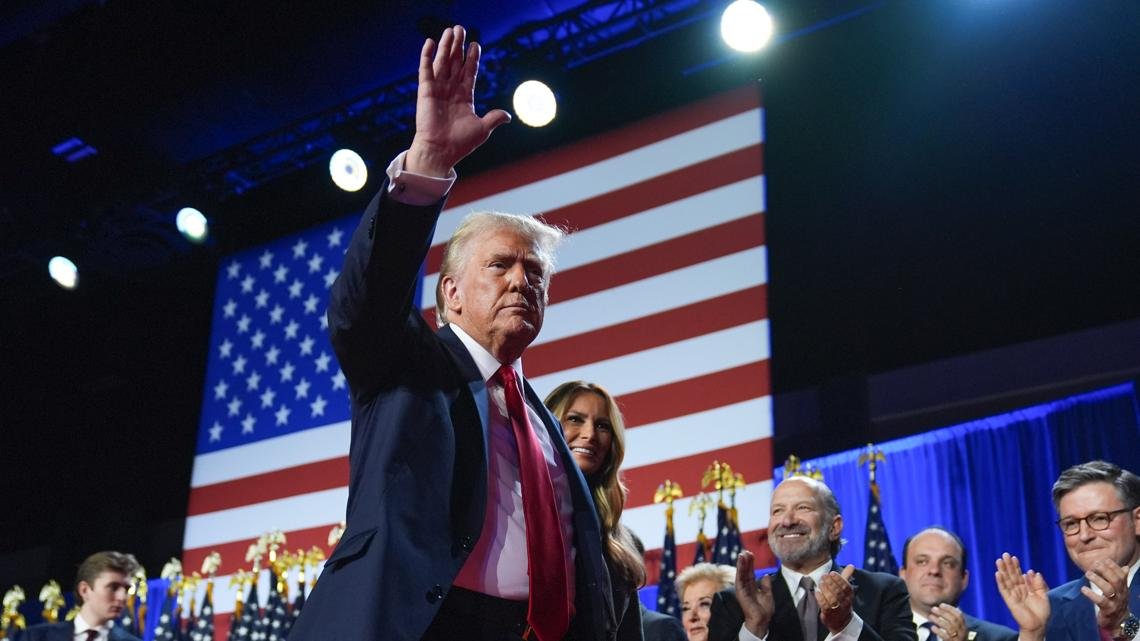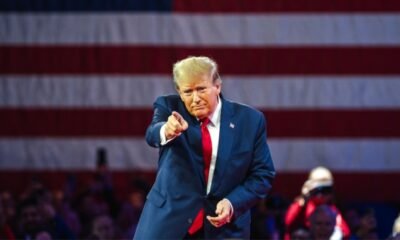Business
Trump’s Bold Threat: Can He Dismantle America’s Offshore Wind Dreams?

ATLANTIC CITY, N.J. — The offshore wind industry faces significant challenges as President-elect Donald Trump has promised to dismantle it from day one of his potential new administration. Despite this, industry leaders remain optimistic, expressing a willingness to collaborate with Trump and his Congressional allies.
Throughout his campaign, Trump has been vocal about his opposition to offshore wind projects, vowing to enact an executive order to halt developments immediately. “We are going to make sure that that ends on Day 1,” he proclaimed during a speech. His criticisms have included claims that wind energy is environmentally harmful and economically unviable.
However, scientific authorities found no direct link between offshore wind preparation and recent whale deaths along the East Coast, countering claims made by the incoming president. While the risk to certain bird species exists, the industry asserts that regulatory measures are in place to reduce environmental impacts.
Despite Trump’s adverse stance, there is currently nearly 65 gigawatts of offshore wind capacity being developed in the U.S.—sufficient to power over 26 million homes. Existing projects, like the Block Island Wind Farm in Rhode Island and the South Fork Wind Farm near Montauk, New York, continue to operate as the industry grows.
Industry experts speculate that Trump could exert more influence over planned projects rather than those already operational. Bob Stern, a former head of environmental protection at the U.S. Energy Department, suggested that Trump might advocate for altering or eliminating tax credits critical to the financial viability of many offshore wind initiatives.
Opposition to offshore wind remains strong among certain political factions, with supporters expecting a shift in federal direction following the election. “This is a tipping point for the offshore wind industry in America,” noted Robin Shaffer, president of Protect Our Coast NJ, emphasizing anticipated challenges for the sector.
Conversely, Tina Zappile from Stockton University’s Hughes Center anticipates that the incoming administration may not entirely abandon offshore wind initiatives. “While Trump has made his intentions clear, the economic benefits tied to domestic energy production may lead to a more moderated approach,” she explained.
Meanwhile, commercial fishermen in Maine express hopes that the new administration will roll back recent policies supporting offshore wind. Jerry Leeman, CEO of the New England Fishermen’s Stewardship Association, called for a reversal of commitments to deploy substantial offshore wind capacity by 2030.
Amidst these tensions, the industry remains proactive, emphasizing collaboration. Figures from organizations such as the American Clean Power Association have voiced commitment to engage with the incoming administration, focusing on job creation and economic stability as key talking points.
However, the post-election climate for offshore wind companies isn’t encouraging, with stock prices for European firms involved in U.S. projects dropping significantly. New Jersey Assemblyman Paul Kanitra articulated a widespread sentiment among critics, urging wind companies to leave the region and predicting downturns in their stock prices.
As the political landscape shifts, the future of offshore wind energy in the U.S. remains uncertain. Industry players will likely have to navigate a complex regulatory environment under Trump, balancing advocacy for renewable energy with the realities of changing political tides.


















